In one of our first posts ever written here at Positive Routines, we talked about building habits and referenced a program on micro-change that behavioral scientist BJ Fogg affectionately named Tiny Habits. It’s about taking small steps in the direction of your big goals to make them more attainable and to be honest, easier. Fogg and his team help you pick small goals and then support you as you work toward them using scientifically-sound, behavior change principles. Good, right?
Thankfully for us (and for you), the Tiny Habits program is free—so we thought we’d try it out, or rather, get someone else to try it out and tell us about it. Below is one of our very own contributors’ raw and honest account of completing the Tiny Habits program. Take it away, Scott, and thank you for being our guinea pig, now and always.
+ Sign up for the free, week-long program
I Tried to Make Lasting Change with Tiny Habits: Here’s What Happened
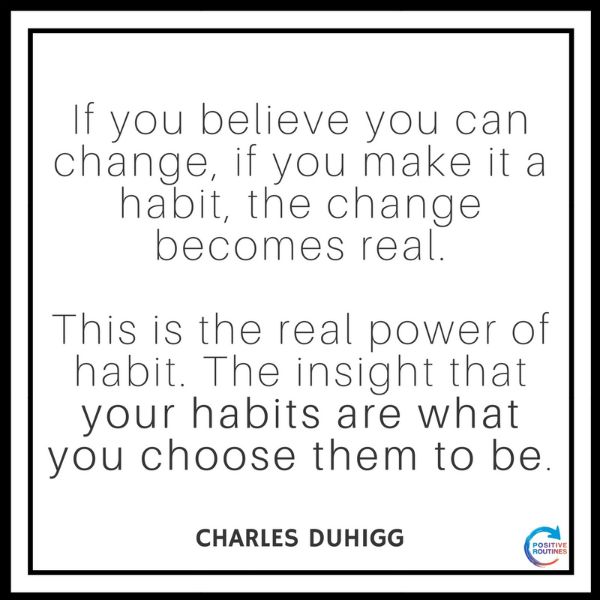
Last week, I had the opportunity to go on assignment for you, dear readers, to figure out if the free Tiny Habits online workshop is worth your time. Read on to find out if creating habits is as easy and fun as behavioral scientist Dr. BJ Fogg promises.
Day 0: Getting set up
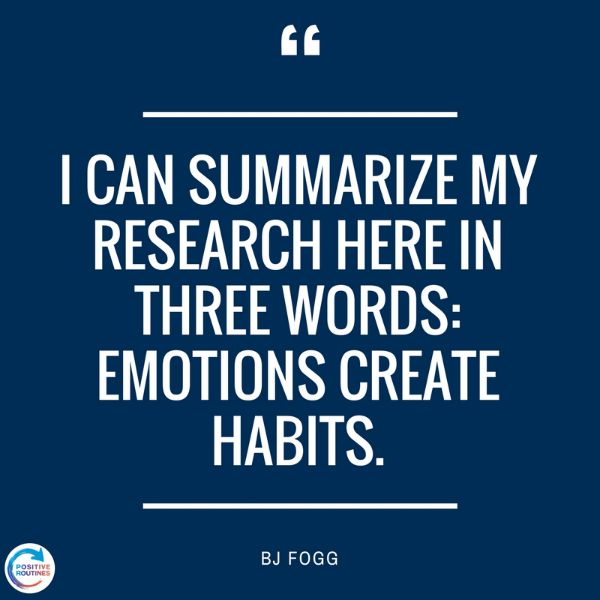
I just finished reading the Tiny Habits website and watching the intro videos, which took about an hour, and my first impression is how TINY and EASY these habits are supposed to be. The creator, Dr. BJ Fogg from Stanford, is like an alternate-reality boss who wants your work to be as easy as possible and is going to praise you for every sliver of progress. It’s nice.
He explains the method mostly with practical steps and lots of examples. He also gives you just enough behavioral science for context. There’s no mystery here—the program hasn’t even begun and I already have a full and detailed explanation of how it’s supposed to work. Here are the key concepts, in Fogg’s own words:
A ‘Tiny Habit’ is a behavior—
you do at least once a day
that takes you less than 30 seconds
that requires little effort
Still with us? Good. Here’s Fogg on how to form habits in the first place:
1. You start with a tiny behavior.
2. You find a good spot in your daily routine for this tiny behavior.
3. You nourish your tiny behavior so it gets firmly established in your life.
As you do these three things, your new habit will take root and thrive.
And one more—for the win—Fogg explains what positive emotion has to do with all of this. And we dig positive emotion around here.
When you do a behavior and feel a positive emotion about it, your brain pays attention. It essentially thinks, ‘Wow, that felt good. I want to do that behavior again!’
I can summarize my research here in three words: ‘Emotions create habits.’
The stronger the emotion, the more deeply your brain rewires.
My tiny habits

It took me a bit longer than I’d like to admit to choose my three habits for the week. I wanted to follow the guidelines for picking things that are authentic goals but not too important. Fogg suggests using the first week as a practice run and to save the life-changing goals for later.
After begrudgingly letting go of an elaborate plan to use Tiny Habits to turbocharge my sci-fi project, I finally settled on more realistic choices.
- This one is a straightforward match between the coffee I drink every day and the water I do not. Honestly, I pretty much copied this recipe straight from BJ’s suggestions. That’s what the suggestions are there for, right?
- It sounds simple, but I have high hopes for what this habit could turn into if I stick with it. I usually read the news on my laptop in the evening, and it often snowballs into surfing the web for way longer than I planned. It’s time I’d love to put to better use. I’ve already switched from reading websites to email newsletters, so it should be a matter of closing my email when I finish. My secret plan is to switch from the not-so-important music-book hobby to spending more time on my sci-fi project once this tiny habit timing takes hold.
- My strategy here is to fit in exercise at a time when I won’t mind getting sweaty. I don’t need a full-blown workout plan, but just an extra little fitness habit built into my normal routine. A few push-ups after walking the dog seems like a good start.
Day 1
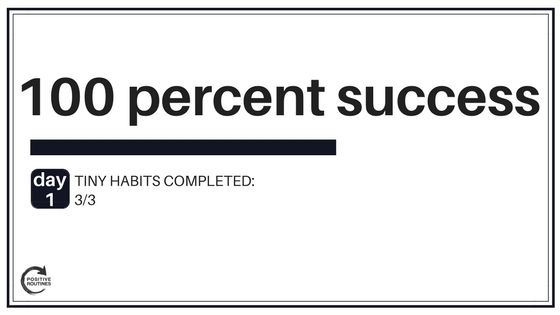
I’m off to a perfect start, and it was ridiculously easy. It was so easy that I don’t feel much of a sense of accomplishment at all. I chose to do a Tiger Woods style fist pump as my celebration, which is a way to reinforce your habit with positive emotions.
For today, my three habits all took place at home, so I didn’t have to worry about the public embarrassment of doing a fist pump after successfully filling up my water bottle. The celebrations felt silly more than anything.
I’m going to tell myself that silly smiles = positive emotions, so I’m doing a good job so far. I think that’s what Fogg would say.
Day 2
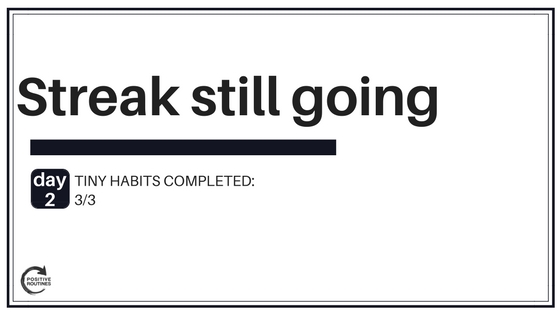
I completed all my tiny habits again today, but my timing was out of whack.
I started reading my newsletters in the afternoon but got sidetracked and didn’t finish until just before going to sleep. I brought my music book with me and went through the motions of opening it up and doing the Tiger Woods fist pump. It didn’t feel quite right though, because I knew in the back of my mind that I was planning to go to sleep without thinking about the music book at all. Still, it counts as a success, and the other two habits were totally fine earlier in the day. So far, so good.
Your Tiny Habits coach sends an email to check on your progress each day and to congratulate you on your successes. My coach happens to be BJ Fogg himself. He ends every email encouraging you to ask questions. I took him up on the offer today to ask this question:
I want to follow your advice about keeping my habits tiny this week, but I’m also planning to do a full workout after walking the dogs some time tomorrow evening. It sounds like the best idea might be to do my five push-ups tiny habit immediately, then do something else for a half hour or so before doing a full workout. Is half an hour enough separation time between my five push-ups tiny habit and my full workout?
Stay tuned, readers, because he replied.
Day 3
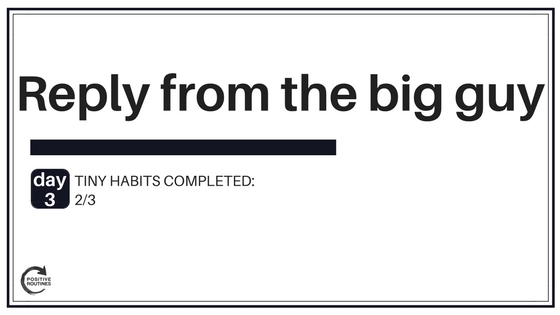
…just to be clear, I’m talking about BJ Fogg here. Here’s his response to my question:
Yes, that sounds good.
Also . . .
It’s a good sign that you want to do more than the tiny behavior. So feel happy about that.
Here’s how it works:
You can do more when you want to do more. Yes, floss all your teeth, for example. However, do not raise the bar on yourself. Don’t think you must keep making the behavior bigger and bigger. If you raise the bar, then you fall into the trap of the old, ineffective way to create habits.
The tiny behavior is always a success, even years from now.
If you do more than the tiny behavior, be sure it’s not painful or hassles. You don’t want your brain associating the new habit with pain or frustration.
If it does hurt, like doing lots of push-ups, be sure to celebrate hard to counteract the negative effects of pain on your brain.
And as you do more, think to yourself, ‘I’m awesome. I’m getting extra credit.’
(Emphasis is ours)
What a thoughtful reply—Fogg seems to genuinely care about my experience. (And no, I didn’t tell him that I’m writing about it.)
In terms of progress, I completely forgot to fill up my water bottle today, despite the friendly heads up that Wednesdays tend to be tough. My push-up habit is going really well. I think the timing of doing them after walking the dog was a great idea. Between the exercise and a good mood thanks to my dog, the post-push-ups fist pump seems to be filled with genuine positive emotions.
Day 4
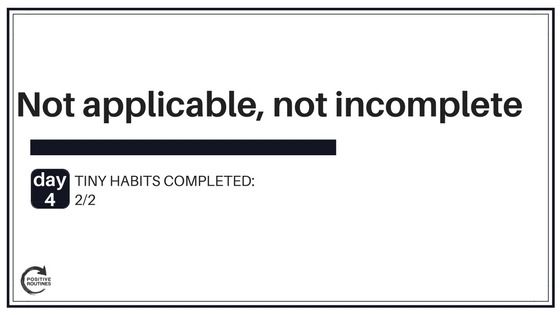
I was lazy and didn’t walk the dog today. In the spirit of positive emotions, I choose to give myself a “not applicable” instead of an “incomplete.” I drank a lot of coffee today and remembered to fill up my water bottle every time. It’s starting to feel pretty natural.
Starting tomorrow, I’m going to slightly tweak the wording for my push-up habit to be “after I bring the dog back inside” instead of “after I walk the dog.” It’s a small change, but I’m starting to feel like these details are important for getting the anchor and tiny habit matched just right.
I realized I was being a little inconsistent about doing the push-ups outside in the yard one day and waiting until I had grabbed a quick snack inside the next. With the new wording, there’s no question about exactly when and where to do the push-ups.
Day 5
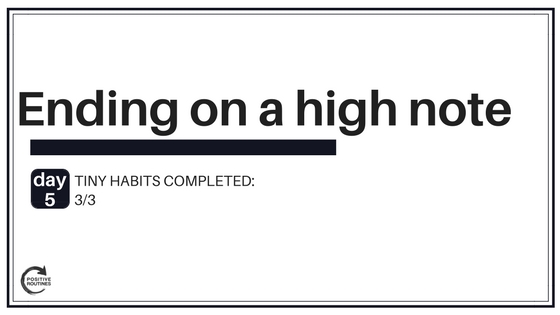
I finished the week strong with all three of my habits. It was pretty easy to stick with the habits, and I think that’s the whole point. It’s a little bit of success that can grow into lasting change. I wouldn’t say the experience gave me any grand epiphanies about how habits are formed. I think the value is in living through the small details that surprise you while you apply behavior change theory.
The follow-up: Tiny habits mean knowing your routine
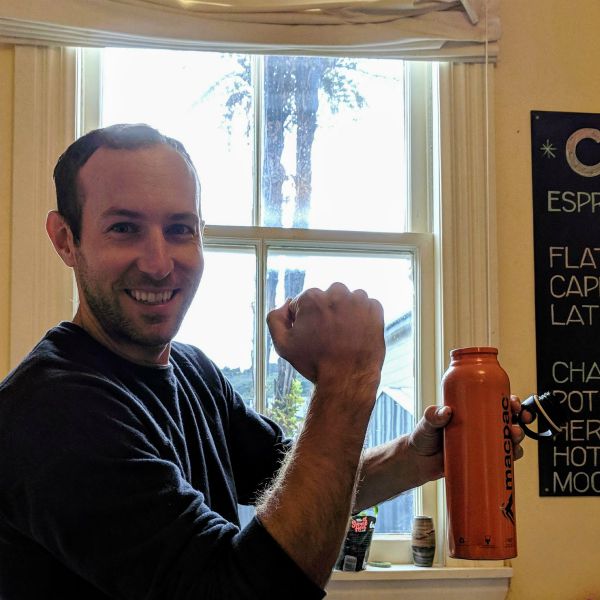
I’m definitely going to stick with the water bottle and push-up habits. I’m planning to build them up over time. The goals are to drink a full bottle of water every day before I drink coffee and to do 40 push-ups after walking the dog. I’ll follow the Tiny Habits method of slowly ramping up to those goals, and I’m pretty confident it will work.
I’m less confident about what I’ll do after reading the news. In the last email, Fogg asks everyone what was most surprising about the week. I told him I was surprised how tough it was to accurately think about the anchors in my daily routine. In my mind, I was thinking that I always read the news at home on my computer in the evening, but this week I found myself reading the news all over the place and at different times every day. Maybe it was just a hectic week. I’ll stick with the music book tiny habit next week to try to find out.
Final thoughts
I hope this Tiny Habits review was helpful and made you reconsider your habits—what they are, how they were formed, and how to change them. If you made it this far, sign up for the workshop. It’s free, takes barely any time, and is an actionable way to bridge behavioral science theory and your everyday life. Happy habit-forming!
Your turn: Are you planning to sign up? If so, share your Tiny Habits recipes in the comments.
If you like this article you’ll also like “I Used a Guided Meditation App Every Day. Here’s What Happened”
Author: Scott Trimble
Scott researched human motivation at The University of Texas at Austin. He spends most of his time traveling, reading, teaching, and writing.

Let Us Know What You Think